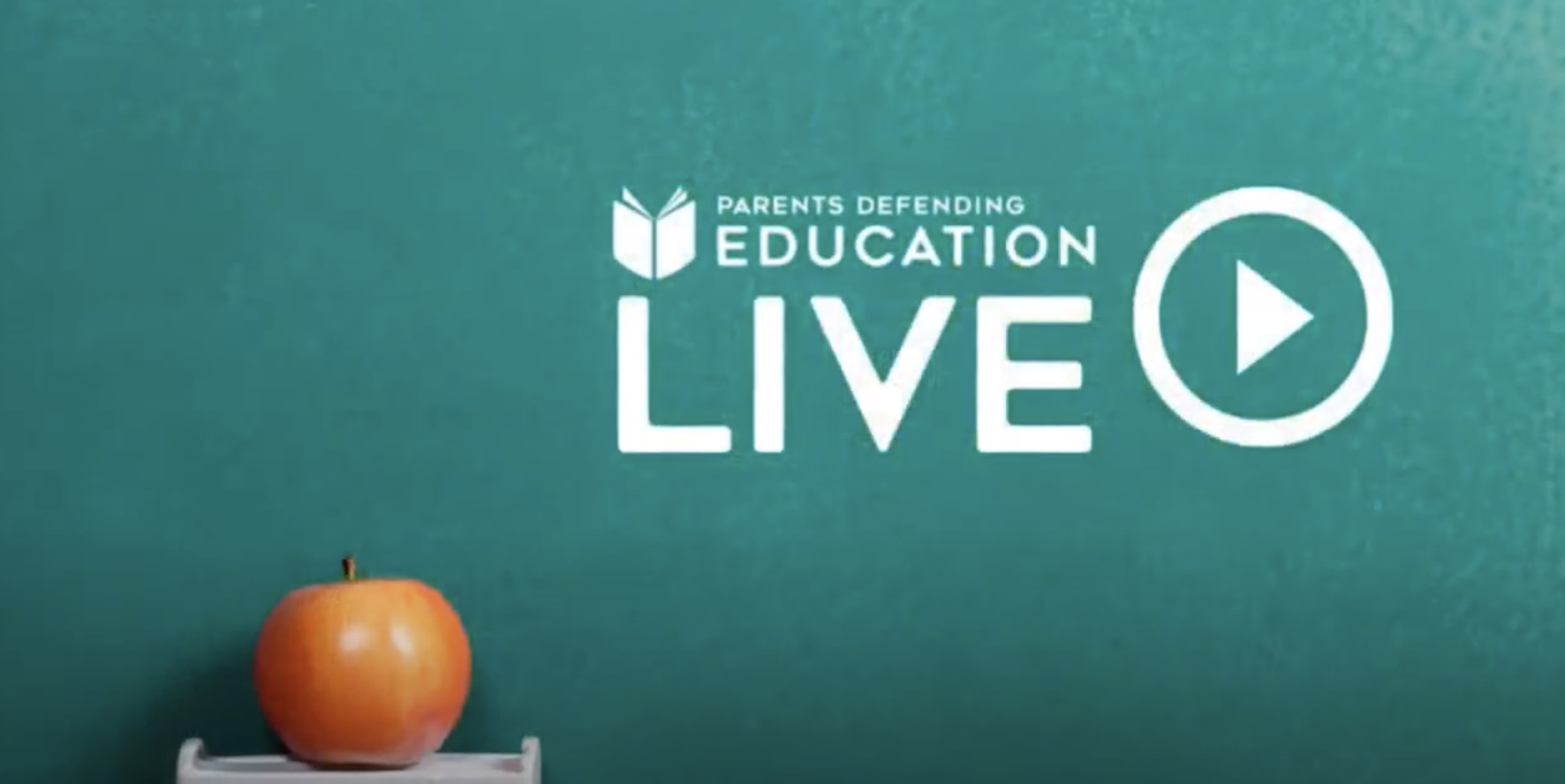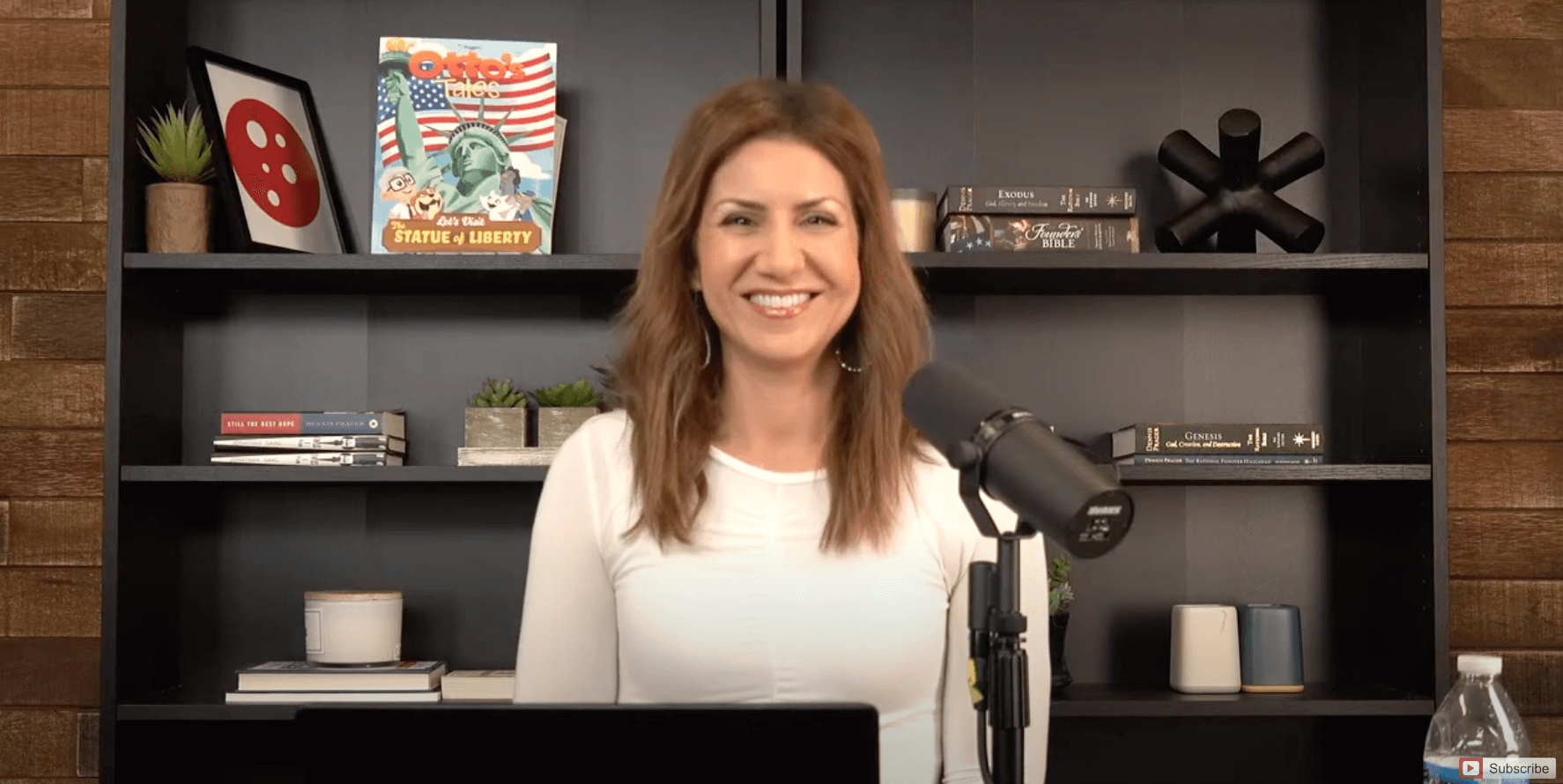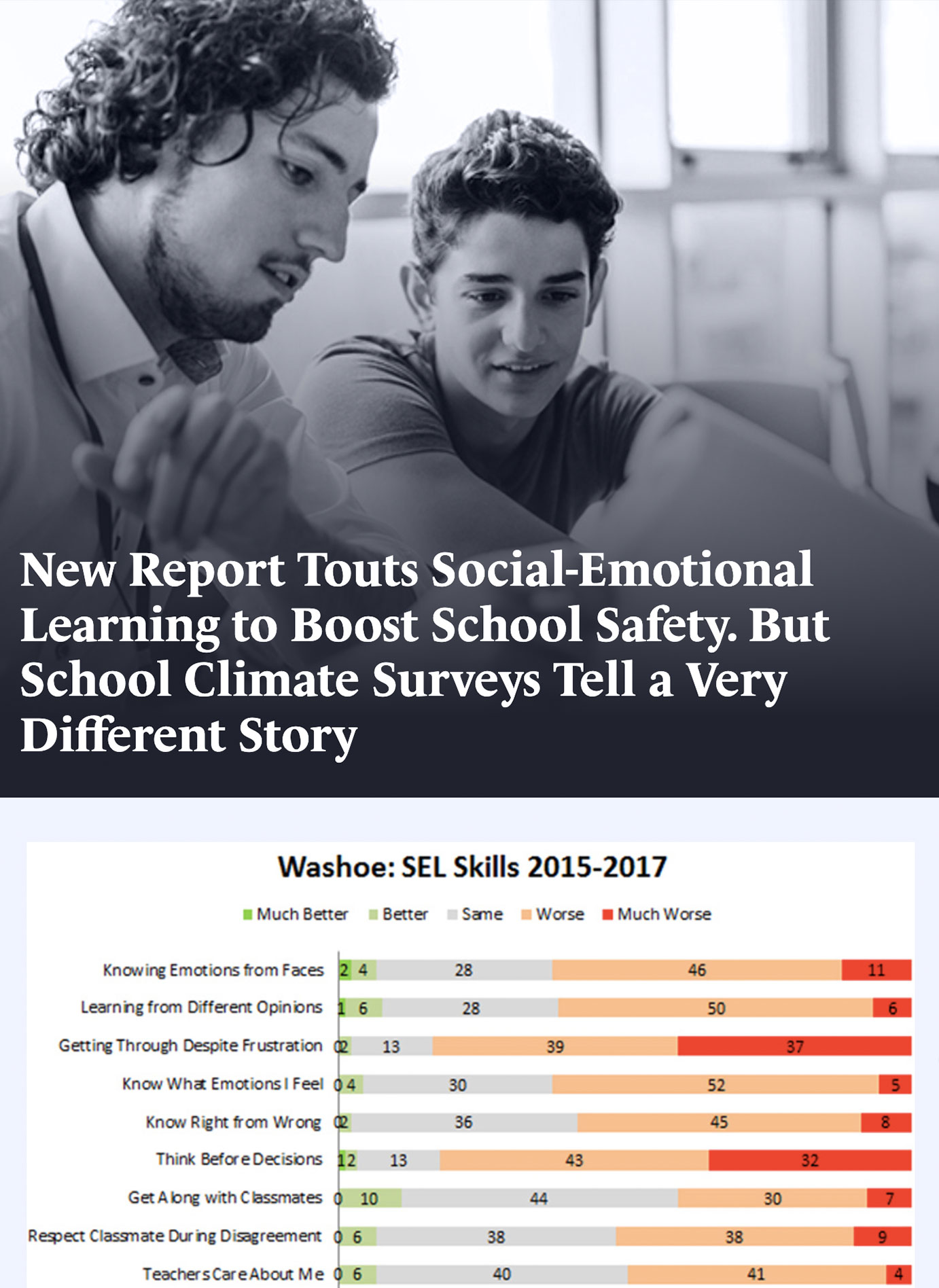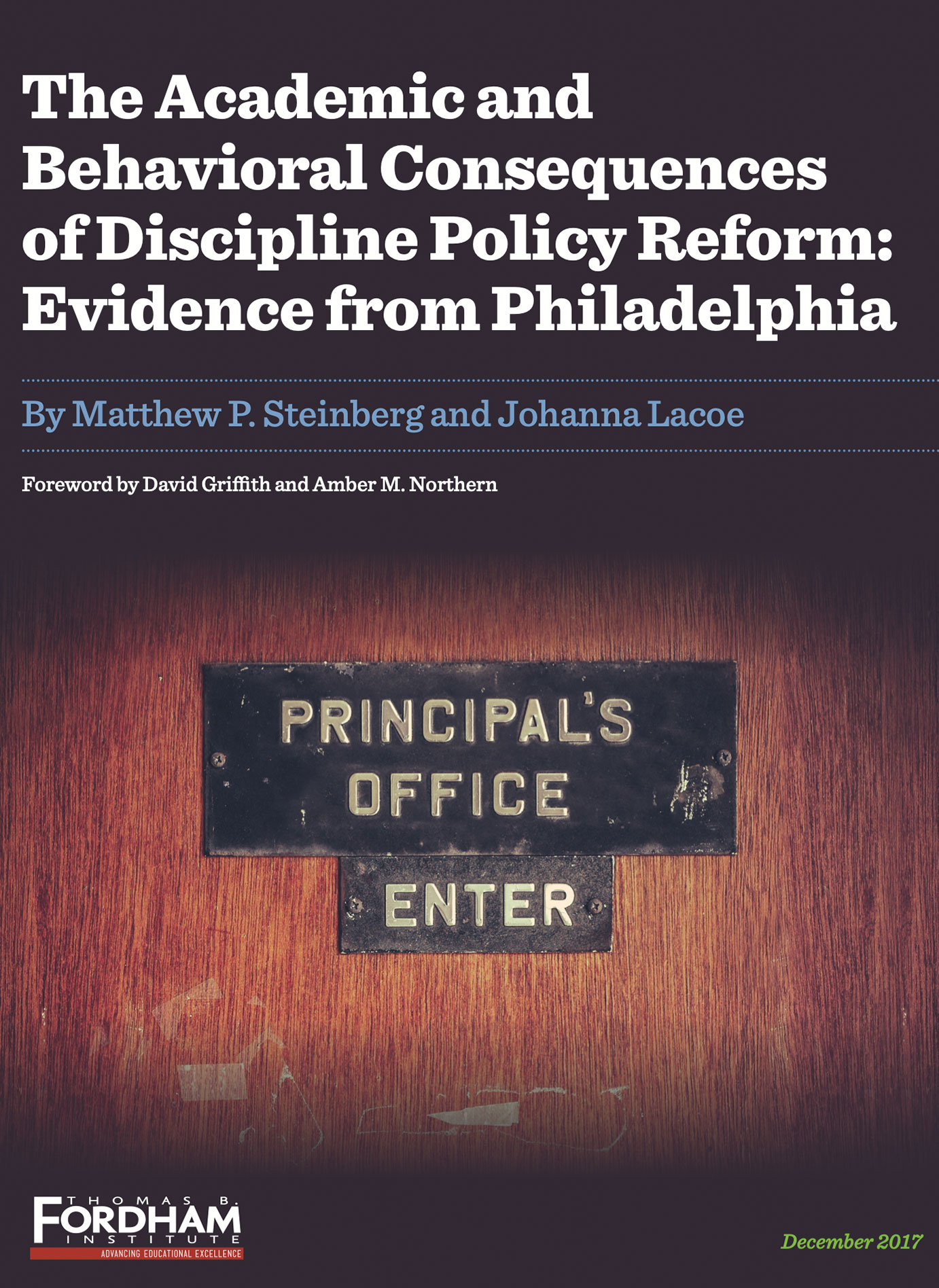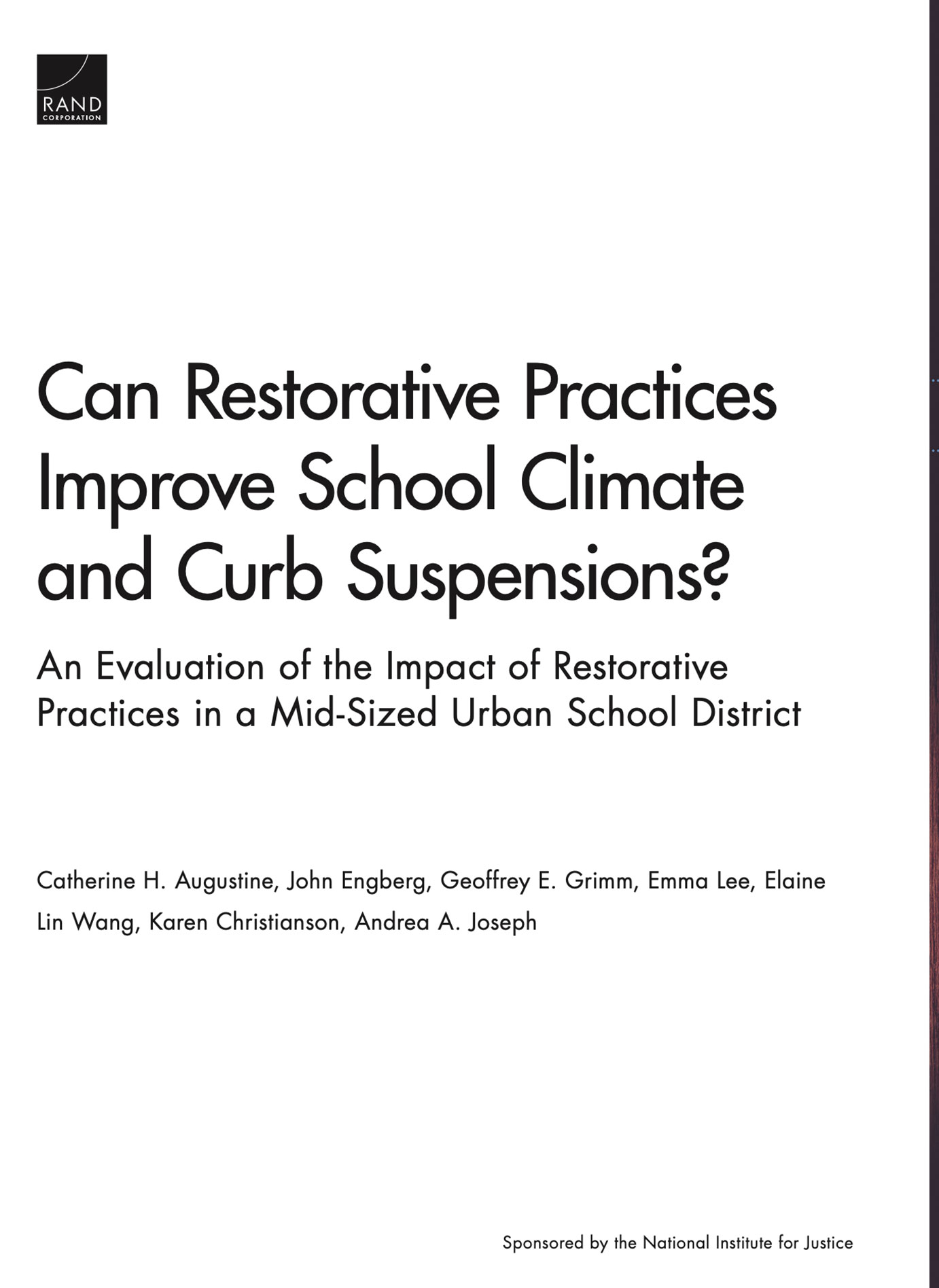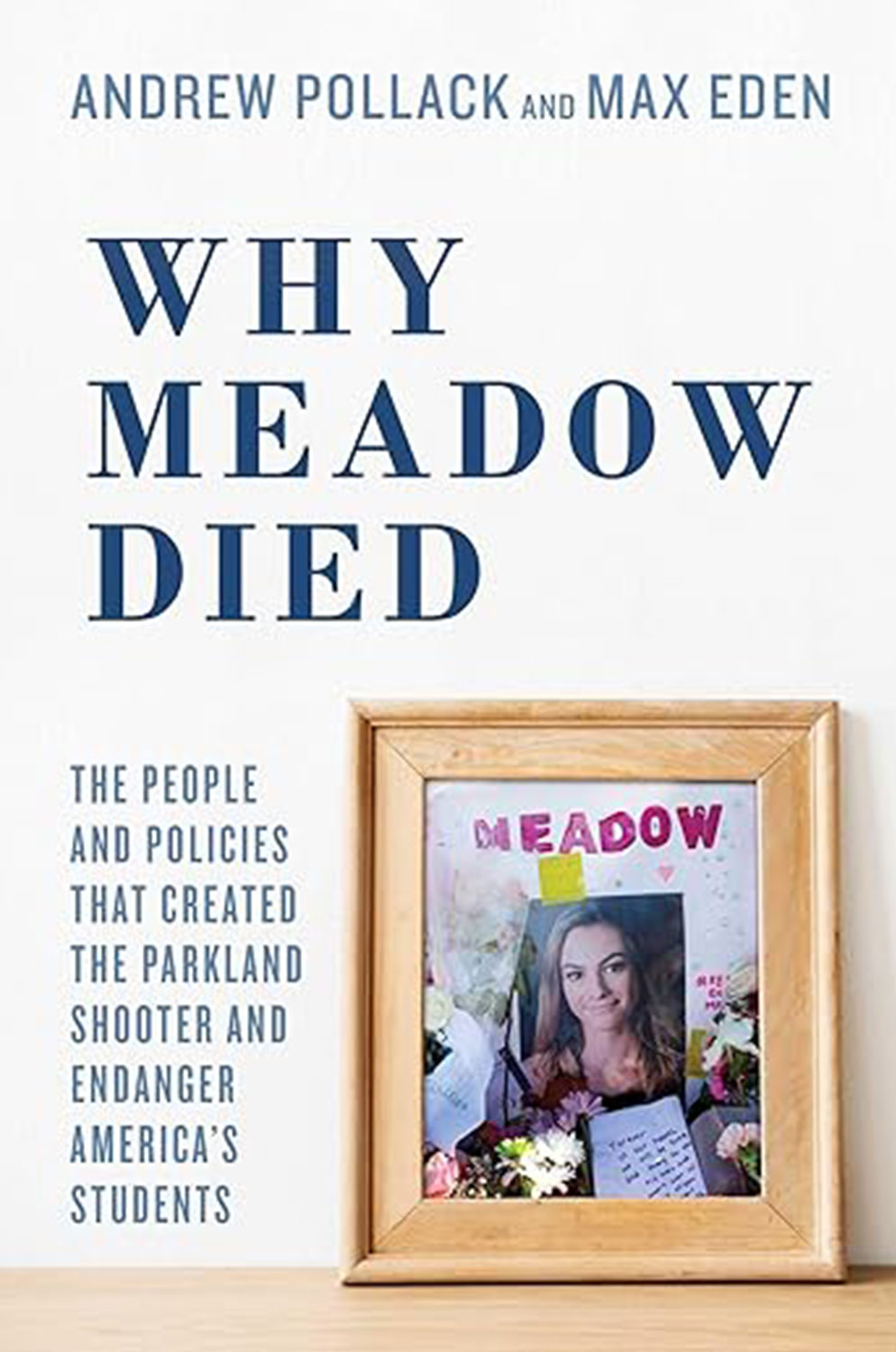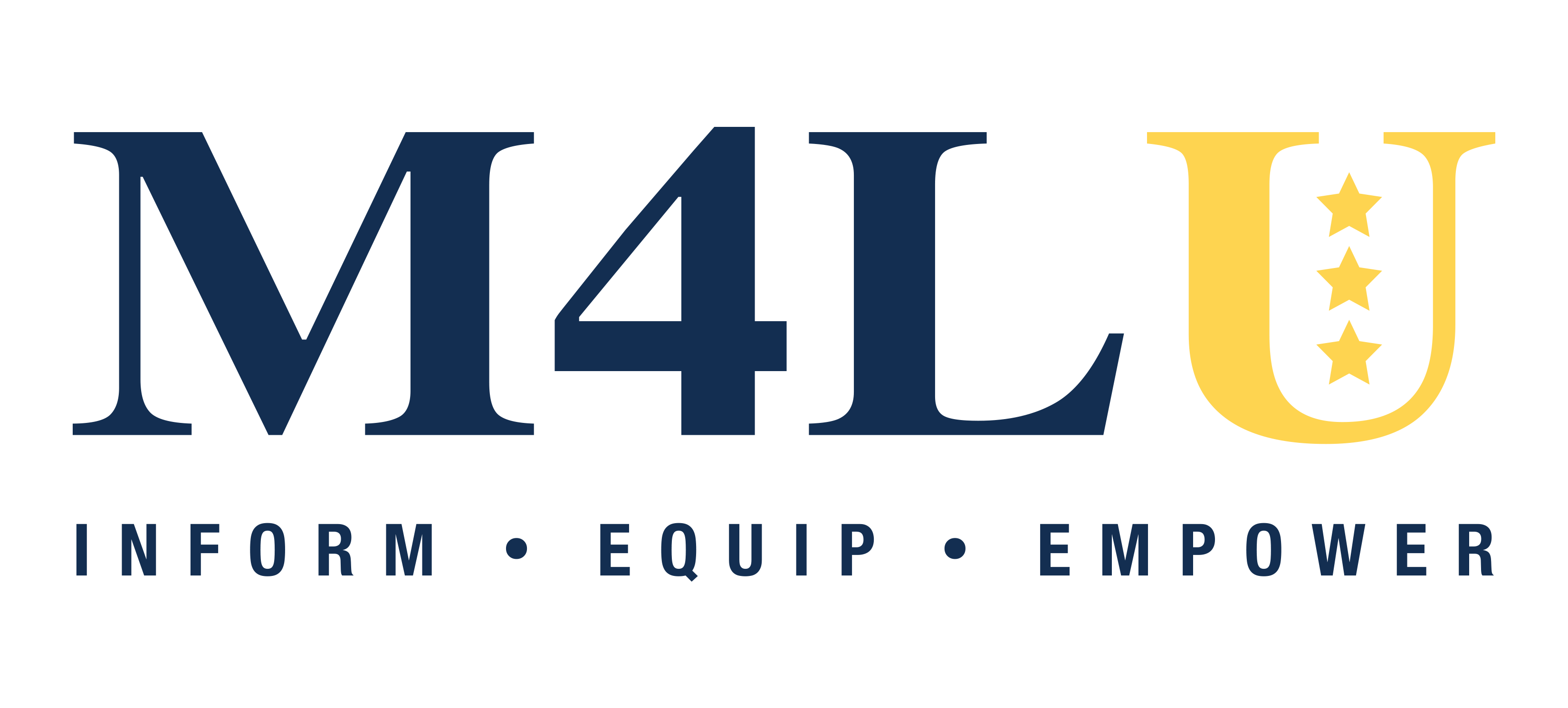Restorative Justice Toolkit
Videos
Playlist

The topic of Restorative Justice ideology in schools is not one that is as well discussed as some others, such as CRT, SEL, or gender ideology. Many parents have never heard of the concept, yet most sense that something is amiss in the world of school discipline. Every week, the news features some new horrifying footage of a student or teacher being brutally assaulted in schools, and the severity of the punishment (if there is one) never seems to match the severity of the crime.
For obvious reasons, this topic is of critical importance, as it quickly becomes an issue of physical safety and in some cases, life or death.
Are you fully informed on this ideology? We invite you to take the M4LU “True-False Quiz for Parents” and test your knowledge!
Recommended Reading
Why Meadow Died:
The People and Policies that Created the Parkland Shooter and Endanger America's Schools
by Andrew Pollack
FOIA Findings
Related Articles
- SB1166 Mandatory Surveys, Punishment & Scial Justice in our Schools Bill
- Restorative Justice Gone Wrong: One Mother's Horror Story
- The Misuse of Restorative Justice
- The Abolition of School Discipline
- Less Discipline, More Disorder: The Unintended Consequences of Federal School Discipline Directives
- Biden's Education Department Tells Nation's Schools to Go Back to Race-Based
- Restorative Justice Practices are CRT of Discipline in Schools
- Broward County, FL - PROMISE Program
- An Investigation into Broward Countys School Board Superintendent
- The Case Against Discipline Reform
- Teachers are Fed Up with No Consequence Discipline
- Baltimore County Teachers: Culture of Leniency Leading to Violence
- Trump 'plans to scra' Obama-era rule that turned schools into war zones
- Restorative Justice
Examples In Schools
Restorative Justice in school districts, classrooms and professional development training for teachers
- MD School Districts using 'restorative justice' practices in discipline, parent org finds
- PPS uses 'restorative justice' practices in student discipline, parent group finds
- Portland schools hit with civil rights complaint for factoring race and gender into school discipline
- Major liberal city set to discipline students based on their race and gender identity for 'restorative justice'
- School district enforces 'restorative justice' discipline approach, discourages suspensions: 'Building empathy & celebrating diversity'
The View from the Other Side
- Restorative Practices Guidebook
- Restorative Practices 2-Pager
- Using PBIS to Ensure Racial Equity in School Discipline
- Little Book of Restorative Justice in Education: Fostering Responsibility, Healing, and Hope in Schools (Justice and Peacebuilding)
- The Big Book of Restorative Justice: Four Classic Justice & Peacebuilding Books in One Volume (Justice and Peacebuilding)
- Wally & Freya (Restorative Justice for Kids)
- Restorative Justice in School: An Overview
What You Can Do...
Take Action
- Look through the disciplinary policies of your school, as outlined in its student code of conduct. Check for any references to disciplining students about “disparate impact” or “restoration” or “reparations,” as well as “students’ personal, social, emotional and behavioral needs” and “intervention and prevention.” Other terms that mask RJ include: restorative / transformative discipline, healing circles, multi-tiered systems of support (MTSS), Positive Behavior Intervention and Support (PBIS).
- Look at the school’s website for any new “alternative disciplinary programs.” Besides the buzzwords above, red flags to watch for are “partnerships” the schools has made with “juvenile justice” clinics or divisions of the States Attorneys Office; the NAACP; Public Defenders; or universities.
- If you see these signs, write to Moms for Liberty, attend your school board meeting to raise the concerns, and write to your state legislators as well as U.S. legislators to urge an investigation of funding for the school.
Answering the Arguments
ANSWER 1: Bad social circumstances caused by government policy make it more likely that members of certain groups will commit crimes. This was the case with racially restrictive housing laws which began to be tackled by Martin Luther King Jr.’s Civil Rights movement and labor outsourcing, both government policies which created a bad environment for minority communities for decades starting in the 1940s. But the answer to bad policy is political action. It’s not relaxing discipline or removing accountability in schools, which exist to teach and protect students from disruptions, not to bear the brunt of bad government policies.
ANSWER 2: The legal system and the school discipline system aren’t designed to address spiritual or psychological needs. They’re designed to protect and to teach.
ANSWER 3: Restorative justice encourages offenders, some of them with serious mental issues, to act out again and again, putting other students in harm’s way and making it impossible for them to learn.
- It emphasizes racial division based on its insistence that policies which have “disparate impact” on certain groups are illegal. It stops schools from having violent offenders arrested for fear of high arrest statistics leading to a civil rights investigation from Washington, D.C.
- Victims who need therapy can speak to school counselors; and offenders with mental issues have the resources they need inside the criminal justice system—schools should not be involved.
- Finally, stopping the “school to prison pipeline” is a political matter of changing policies—as the 2018 bipartisan First Step Act signed by President Trump helped do. It has nothing to do with schools and asking schools and students to help solve problems created by policies in the criminal justice system is mixing apples and oranges.
ANSWER 4: Parents against restorative justice oppose equity—equality of outcomes at the hands of government mandates placed on schools. They support equal treatment—disciplinary policies applied without reference to identity. They also support democracy—which means rule of the people. In our Constitutional republic of decentralized power and multiple checks between branches of government, democracy takes the form of communities controlling their own destinies. That’s the opposite of Washington, D.C. administrators and ideologues handing down mandates like Restorative Justice to local schools.




